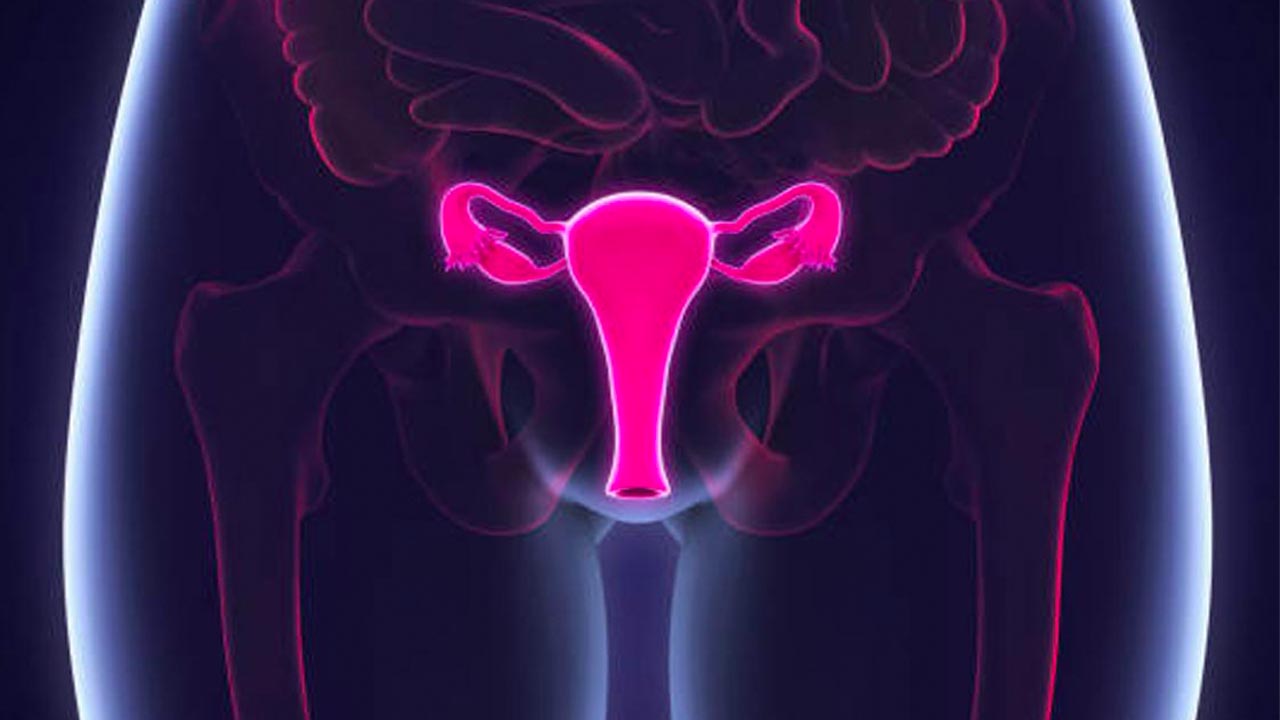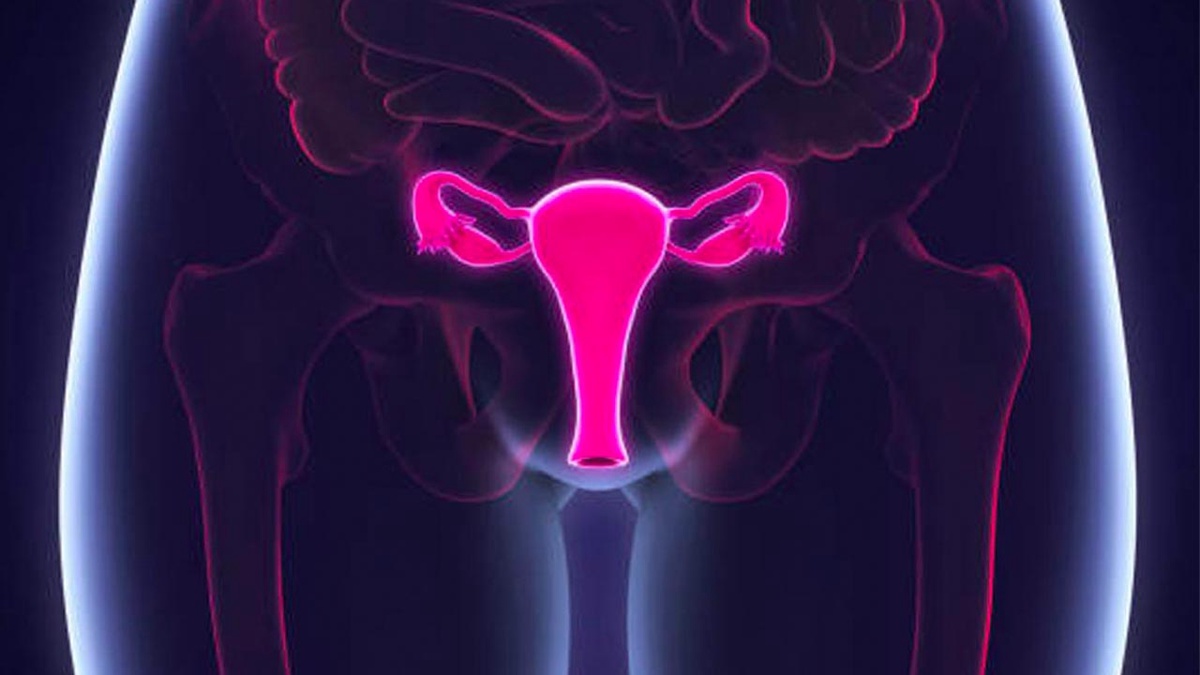Uterine fibroids are non-cancerous growths that develop in the uterus. They are quite common, affecting up to 80% of women by the age of 50. Uterine fibroids can cause a range of symptoms, including heavy or painful periods, pelvic pain, urinary incontinence, and fertility problems. While there are several treatment options available for uterine fibroids, one increasingly popular option is uterine fibroid embolization (UFE).
Uterine Fibroid Embolization
Uterine fibroid embolization, also known as uterine artery embolization (UAE), is a minimally invasive procedure that can be used to shrink fibroids and alleviate symptoms. During the procedure, a radiologist inserts a small catheter into the artery that supplies blood to the fibroids. The radiologist then injects tiny particles into the artery to block the blood flow to the fibroids, causing them to shrink and die.
UFE is performed under local anesthesia and is typically done as an outpatient procedure. The entire procedure usually takes between 1-2 hours, and patients can usually return home the same day. Most women are able to resume their normal activities within 1-2 weeks after the procedure.

Advantages of UFE over Surgical Procedures
UFE has several advantages over traditional surgery for uterine fibroids. It is less invasive, has a shorter recovery time, and does not require general anesthesia. Additionally, UFE preserves the uterus and may be a better option for women who wish to maintain their fertility. Studies have also shown that UFE is just as effective as surgery in relieving fibroid symptoms. UFE Treatment in NJ has shown that it is a promising procedure for the treatment of uterine fibroids.
While UFE is generally considered safe, like all medical procedures, it does carry some risks. The most common side effects of UFE are mild to moderate pain, cramping, and nausea. These symptoms can usually be managed with over-the-counter pain medication. More serious complications, such as infection, blood clots, or damage to surrounding organs, are rare but can occur.
Not all women with uterine fibroids are candidates for UFE. Women who are pregnant or planning to become pregnant in the future should not undergo UFE. Additionally, women with very large fibroids or fibroids that are located near the bladder or rectum may not be good candidates for the procedure.
Conclusion
In conclusion, uterine fibroid embolization is a minimally invasive procedure that can be used to shrink fibroids and alleviate symptoms. While UFE has several advantages over traditional surgery, it is not appropriate for all women with uterine fibroids. Women who are considering UFE should talk to their healthcare provider to determine if it is the right option for them.


No comments yet